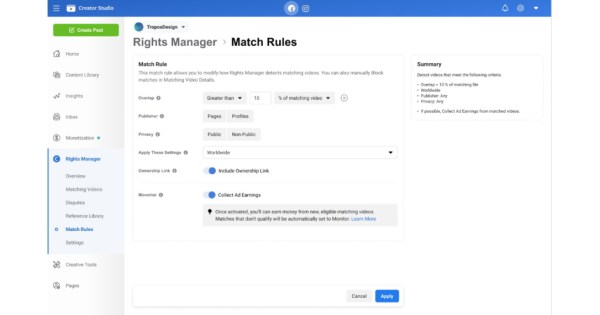Yes, it will be worth it. SnapDragon 8 Elite is a completely new architecture that will change SoCs going forward. They didn’t include efficiency cores because it was found that using less voltage at higher clock speed is more efficient than throttling the cores while still consuming higher power. SD8E can also duty cycle to not use that core if it’s not needed. So it has 2 Primecores, and 6 Performance cores, instead of large/medium/small.
Compare to the MediaTek in real-world scenario:
For the same game:
OnePlus 13 maintained a frame rate of 120.5fps at 3W
Dimensity 9400 reached 120.7fps at 3.8W
Snapdragon 8 Gen 3 managed 114.6fps at 4.28W
For another game:
OnePlus 13 delivered 59.8fps at 4.07W
Dimensity 9400’s 59.3fps at 5.35W
Snapdragon 8 Gen 3’s 56fps at 6.6W
This article does a good job of explaining it, using interviews straight from the manufacturer:
https://www.msn.com/en-gb/money/technology/the-equation-has-changed-qualcomm-explains-why-the-snapdragon-8-elite-doesn-t-need-efficiency-cores/ar-AA1sJEBa
“It turns out that if you can lower the voltage to minimize energy consumption per operation…higher performance was getting to be more and more worth it,” Whealton explained.
“A performance core operating at a lower voltage—or sometimes even duty cycling to turn off the core completely—that started to get more efficient than the smaller cores.”
It basically reiterated Farahani’s earlier point: Oryon cores at low voltage are just as efficient as efficiency cores or can simply be turned off if unneeded but can also boost to higher clock speeds in a pinch. The “equation around [efficiency cores’] utility had changed,” Whealton said.










